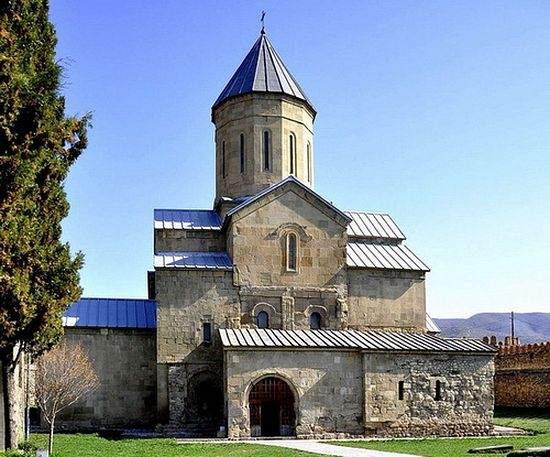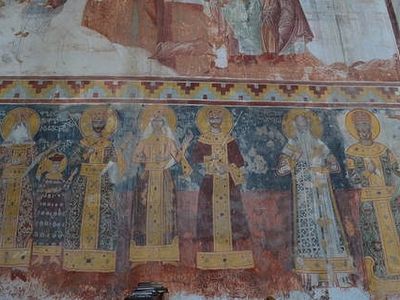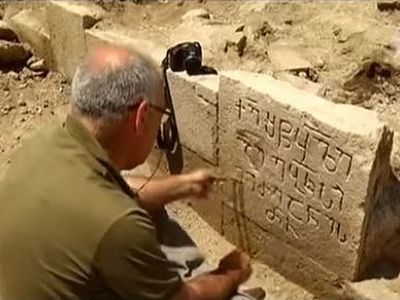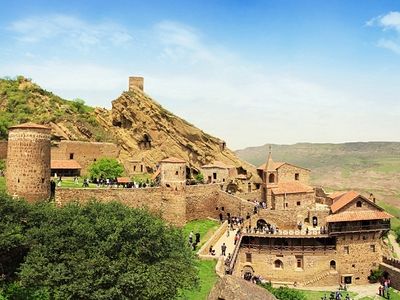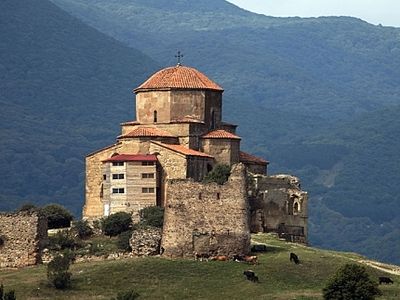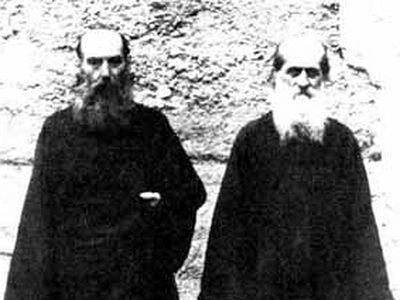Moscow, January 25, 2017
The Tsilkani Mother of God architectural complex, in the ancient Orthodox nation of Georgia, has been granted the status of an immovable monument of culture of national significance. The assignment was initiated by the Ministry of Culture and the monument’s preservers, and accepted by Georgian authorities, reports Blagovest.
The complex currently serves as the episcopal cathedral in the Mtskheta district village of Tsilkani, consisting of the church and protective wall. The church represents within itself three periods of construction: the fourth century “hall church,” the fifth-sixth century basilica, and the domed church of the eleventh-twelfth centuries, with the wall dating to the eighteenth century.
“Thus, the complex is not only the most significant monument of the cultural heritage of Georgia, combining samples of Church architecture of various epochs in the history of architectural art, but it also represents the steps in the gradual development of Georgian architecture, and also reflects the history of the spread of Christianity in Georgia,” the Ministry of Culture noted.
It was here that one of the sixth century Thirteen Syrian Fathers—the founders of Georgian monasticism—St. Jesse (Ise) of Tsilkani labored, reposed, and was buried. At that time Tsilkani was an episcopal center through which Christianity spread to the mountainous region of Kartli.
